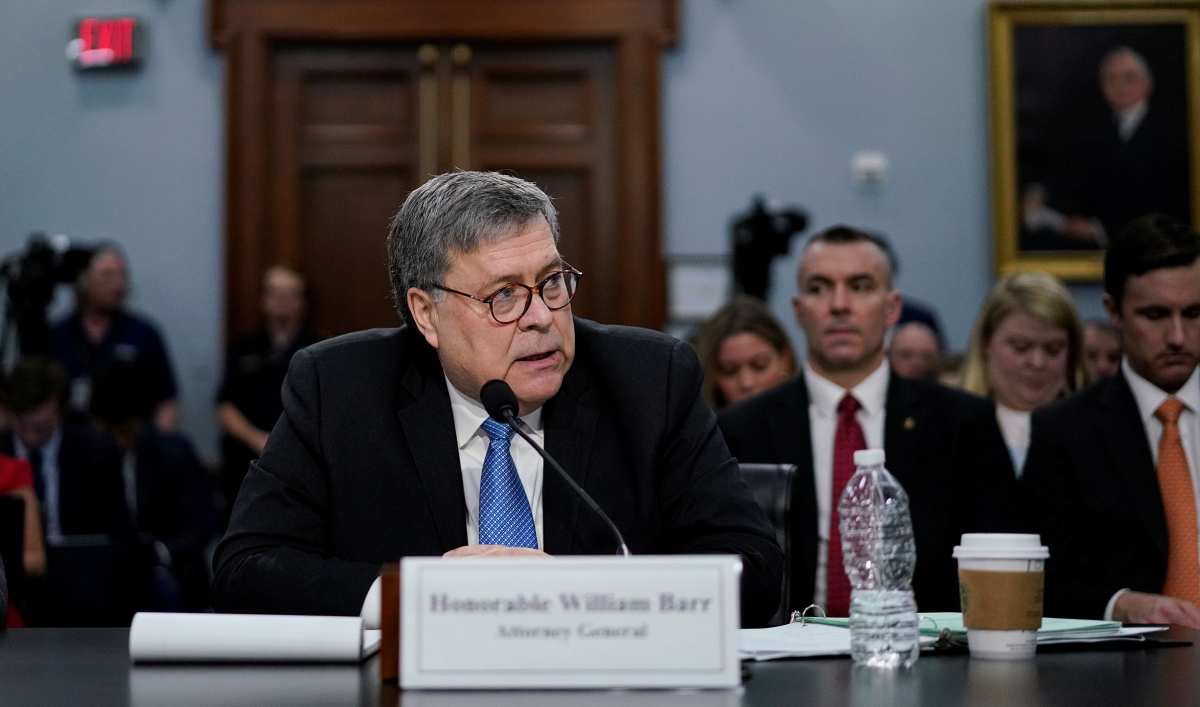Mueller! The Mueller Report! The investigation! That’s all political pundits and even ordinary citizens like ourselves have been able to talk about recently. On March 24, Attorney General William Barr announced a summary outcome of the report and sent a four-page summary of the long awaited conclusions from the Mueller investigation. The verdict was that the Trump Campaign’s alleged collusion with Russia during the 2016 election didn’t happen. But this was only the beginning.
It has taken two years for the investigation headed by Special Counsel Robert Mueller to be completed. Aside from the summary sent to Congress on March 24, a redacted version of the report was released to Congress by the Department of Justice on April 18.
According to Barr at a news conference on April 18 preceding the release, “After nearly two years of investigation, thousands of subpoenas, and hundreds of warrants and witness interviews, the Special Counsel confirmed that the Russian government sponsored efforts to illegally interfere with the 2016 presidential election but did not find that the Trump campaign or other Americans colluded in those schemes.”
However, the investigation was not limited to the alleged collusion. It also sought to reveal if President Trump had obstructed justice. In sum, Barr argued that there was insufficient evidence to charge Trump with obstruction of justice, saying that “the evidence developed by the Special Counsel is not sufficient to establish that the President committed an obstruction-of-justice offense.”
After the announcement, President Trump already touted that he had been exonerated, writing on Twitter “No Collusion, No Obstruction, Complete and Total EXONERATION” after Barr released the initial four-page summary report reports The New York Times.
Paul Gamble, a senior and political science major, commented that, “The Mueller report definitely yielded success- I think it would be foolish to say otherwise. [Yet,] though there was a lack of sufficient evidence to support criminal charges, the evidence collected in the report provided more than enough evidence to question the integrity of the 2016 Trump Campaign staff, and by extension the current White House staff.”
This was all compounded by a letter written by Robert Mueller himself to Barr arguing that the four-page summary from March 24 was not explained as the special counsel intended reports The New York Times. “The summary letter the Department sent to Congress and released to the public late in the afternoon of March 24 did not fully capture the context, nature, and substance of this Office’s work and conclusions,” Mueller wrote. In the letter, dated March 27, Mueller also urged Barr to release the full report, contending that it would help “alleviate the misunderstandings that have arisen and would answer congressional and public questions about the nature and outcome of our investigation.”
According to The New York Times, the full edition of the Mueller Report and accompanying evidence was subpoenaed by the House in April and due on May 1, the same day as Barr testified before the Senate. On May 2, Barr was scheduled to testify before the House Judiciary Committee to further discuss the findings of the investigation, but failed to show because he disagreed over having staff attorneys question him in addition to House members. Still, the unredacted report was not released with Barr and the Justice Department holding their ground.
The New York Times reports that the House Judiciary committee was preparing to hold Barr in contempt, ignoring the subpoena for the full report. Time Magazine reports that House Judiciary Committee Chairman Jerry Nadler (D-NY) wrote in a letter to Politico on Friday that he is giving Barr until Monday morning to cooperate by at least allowing all Congress members to have access to the unredacted version of the report and to release more evidence directly pertaining to it. Proceedings will begin today, May 8.














